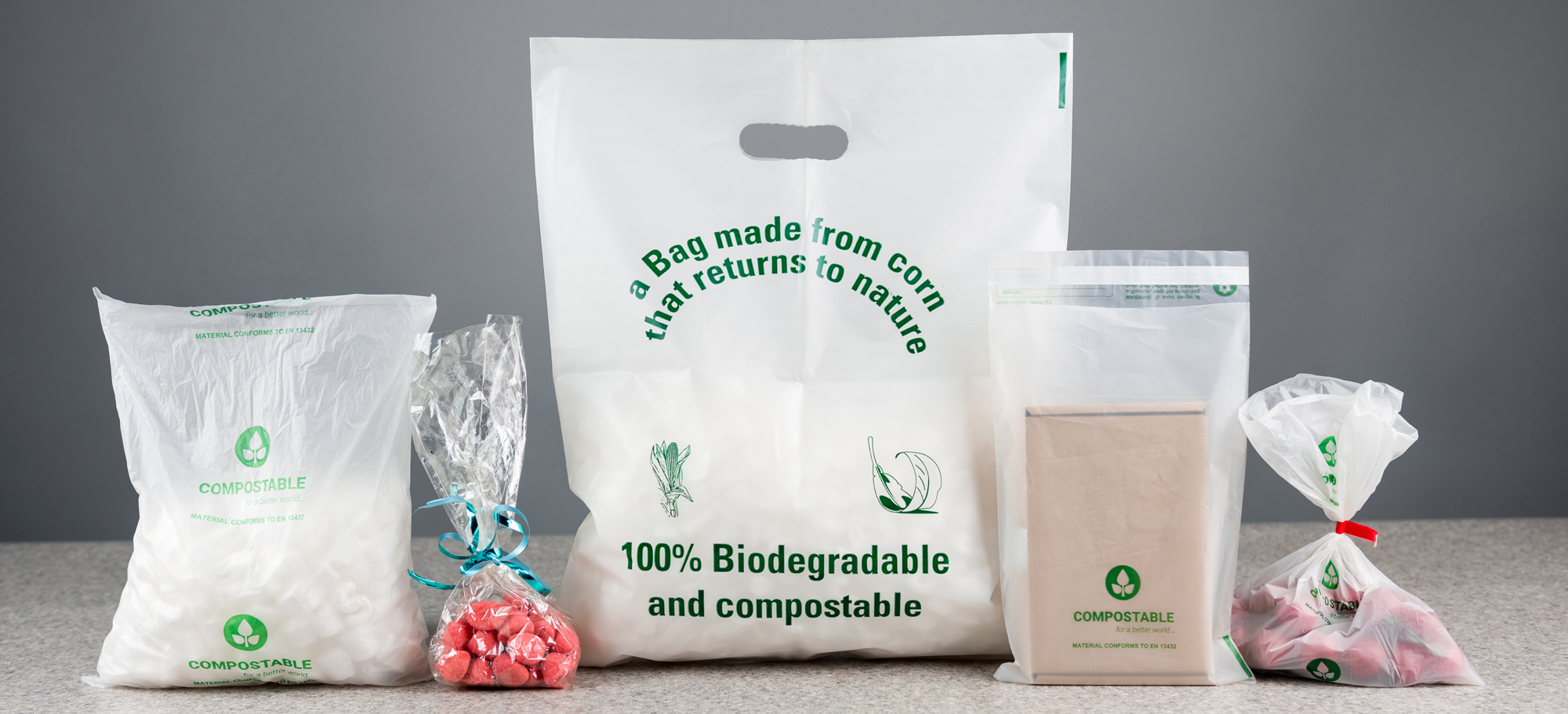PLA biodegradation tests were carried out in real composting and simulated composting conditions. For PLA to biodegrade you must break up the polymer by adding water to it a process known as hydrolyzing.
 Biodegradation Of Pla Bottles In Real Composting Conditions Reprinted Download Scientific Diagram
Biodegradation Of Pla Bottles In Real Composting Conditions Reprinted Download Scientific Diagram
To biodegrade PLA requires a laundry list of conditions to effectively break down.

Pla biodegradable test. Collectively these are absent in any scenario outside of industrial composting facilities. Heat and moisture are required for hydrolyzing to occur. SGS employs a range of testing methods for biodegradable andor compostable plastics and ensures compliance with the regulations relevant to the European Union United States of America and elsewhere.
In the right conditions usually found in specialized facilities PLA will show signs of biodegradation in 6 months or less. Industrial composting conditions ie. Controlled temperature and humidity in the presence of micro-organisms are necessary for PLA to be truly degradable explains Florent Port.
Because of the many uses for plastics and the quantity that is used each year there exists a need for a biodegradable plastic that is also cost effective. Customers most commonly request ISO 16929 for pilot scale composting and OECD 301B for liquid biodegradation. In the family of biodegradable polymers poly lactic acid PLA has received the most attention for its natural availability good biodegradability and high degree of transparency and is expected to be applied as film in agriculture as well as packing materials Nampoothiri et al 2010.
Polylactic acid PLA and starch blends provide for cheap and sustainable biodegradable plastics. This paper presents a biodegradation study conducted for 90 days under standardized controlled composting conditions of poly lactic acid PLA filled with functionalized anatase-titania nanofiller PLATiO 2 nanocomposites. The commercial PCL pellets were kindly supplied by Daicel Chemical Industries.
By blending cheep starch and expensive PLA a reasonably priced polymer is formed. Le PLA aussi appelé Acide Polylactique est un plastique végétal issu damidon de maïs. This biodegradable test was the second landmark in ASTM when switching the ASTM D5511-12 test methodology from Landfills to Bioreactor landfills initially the ASTM D5511 test stated it was for landfill conditions the ASTM D20 sub-committee which is organized and operated by competing products from the biodegradable additive industry had the method changed due to companies complying with the ASTM D5511 test.
2Enzymes which hydrolyze PLA are not available in the environment except on very rare occasions. These plastics can completely decompose into CO 2 H 2 O and humus in just a few months to a few years like PLA. PLA can be described as biodegradable but under the specific conditions of industrial composting it is more appropriate to say in this case that it is a biodegradable polymer.
Alternatively please contact your local SGS office. Humidity above 60 C temperature and microorganisms are required. I 3D Printed pots from PLA and left them outside for over a year.
Grâce à ses caractéristiques végétales le PLA est biodégradable et compostable. Biodegradation tests for liquids are run in representative aquatic systems. Biodegradation testing for plastics is typically run in conditions approximating commercial composting.
Il est sans pétrole et sans danger pour lenvironnement. The surface morphology thermal properties percentage of biodegradation and molecular weight changes at different incubation times were evaluated via visual. PLA biodegrades because its origins are natural and microorganisms can feed on it.
Rasal et al 2010. Real conditions which are governed by factors such as temperature pH and relative humidity of the compost pile showed degradation of the PLA bottles and variation in their molecular weight as a result of hydrolysis plus biodegradation. Bioplastic includes 2 types.
Polycaprolactone PCL and polylactic acid PLA were used as biodegradable plastics for the biodegradation tests. In general PLA has a slow degradation rate which is useful in some biomedical applications but is a problem with the disposal of the consumer commodities such as packaging films 9 10 11. And they are made from renewable materials such as starch corn potatoes cassava sugar sugarcane beetroots.
Molecular degradation is promoted by enzymes and can occur under aerobic and anaerobic conditions leading. Biodegradability test 61 Soil burial and compost conditions Biodegradation occurs with enzymatic action and involves living organisms micromacro. Specifically - oxygen a temperature of 140 degrees and a 23 cocktail of organic substrate.
Auras et al 2004. 1 PLA is not biodegradable it is degradable. Global Information and Innovation Manager.
BioSphere Plastic has been asked is PLA biodegradable while the answer is not simple we have decided to make a post to explain what PLA really does and some further reading for the inquiring minds. In ordinary room conditions PLA will endure for hundreds of years.

